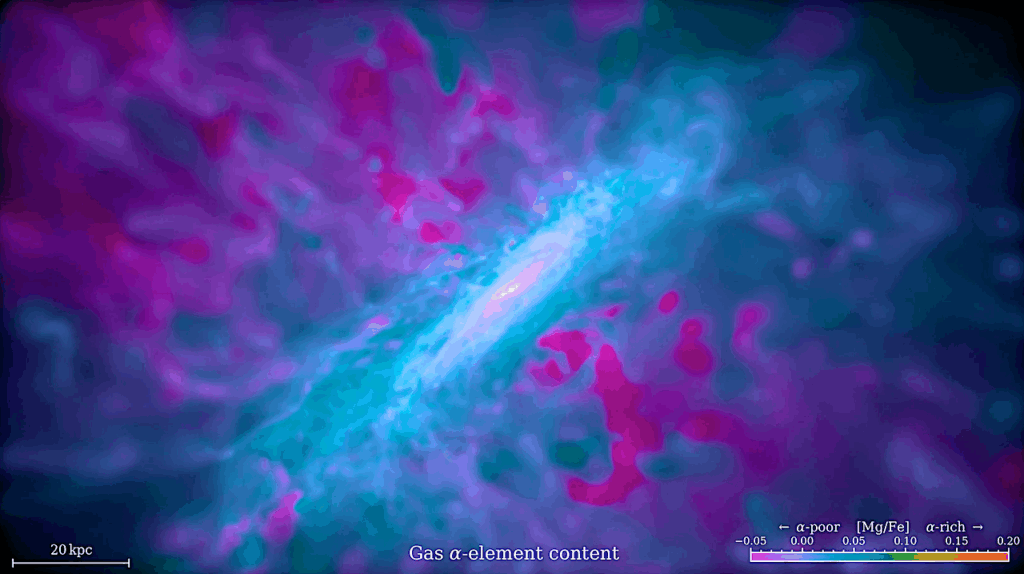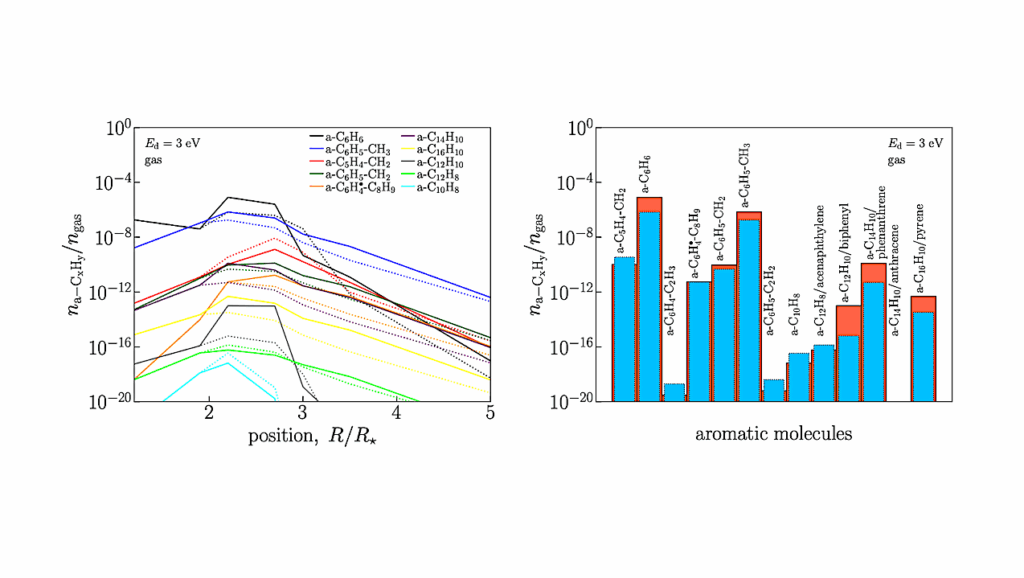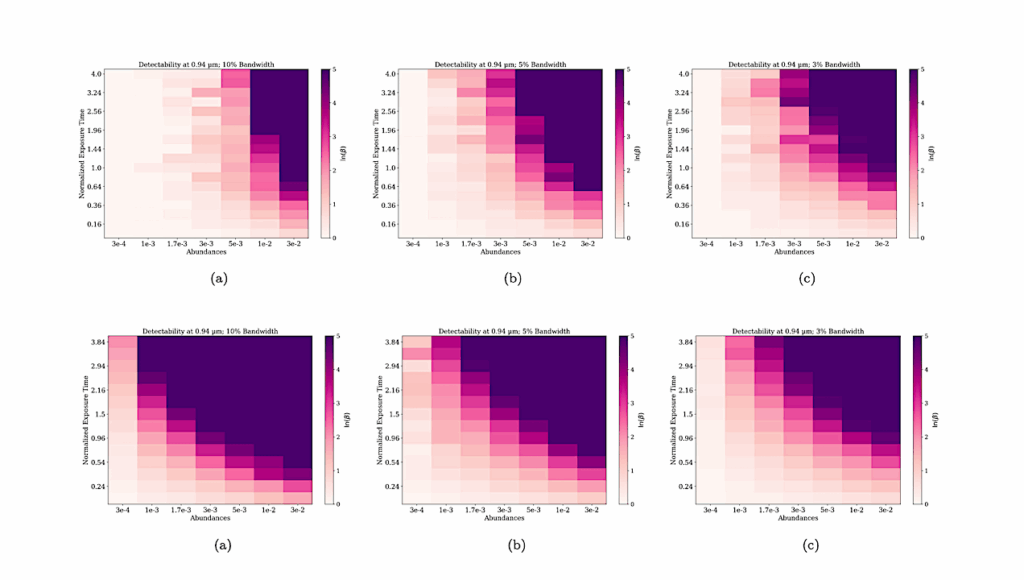Assessment of a Physics-based Retrieval of Exoplanet Atmospheric Temperatures from Infrared Emission Spectra

Atmospheric temperatures are to be estimated from thermal emission spectra of Earth-like exoplanets orbiting M-stars as observed by current and future planned missions.
To this end, a line-by-line radiative transfer code is used to generate synthetic thermal infrared (TIR) observations. The range of ‘observed’ intensities provides a rough hint of the atmospheric temperature range without any a priori knowledge. The equivalent brightness temperature (related to intensities by Planck’s function) at certain wavenumbers can be used to estimate the atmospheric temperature at corresponding altitudes. To exploit the full information provided by the measurement we generalize Chahine’s original approach and infer atmospheric temperatures from all spectral data using the wavenumber-to-altitude mapping defined by the weighting functions.
Chahine relaxation allows an iterative refinement of this ‘first guess’. Analysis of the 4.3{\mu}m and 15{\mu}m carbon dioxide TIR bands enables an estimate of atmospheric temperatures for rocky exoplanets even for low signal to noise ratios of 10 and medium resolution. Inference of Trappist-1e temperatures is, however, more challenging especially for CO2 dominated atmospheres: the ‘standard’ 4.3{\mu}m and 15{\mu}m regions are optically thick and an extension of the spectral range towards atmospheric window regions is important.
If atmospheric composition (essentially CO2 concentration) is known temperatures can be estimated remarkably well, quality measures such as the residual norm provide hints on incorrect abundances. In conclusion, temperature in the mid atmosphere of Earth-like planets orbiting cooler stars can be quickly estimated from thermal IR emission spectra with moderate resolution.
Franz Schreier, J. Lee Grenfell, Fabian Wunderlich, Thomas Trautmann
Comments: 16 pages, 19 figures, 1 table
Subjects: Earth and Planetary Astrophysics (astro-ph.EP)
Cite as: arXiv:2306.00131 [astro-ph.EP] (or arXiv:2306.00131v1 [astro-ph.EP] for this version)
Related DOI:
https://doi.org/10.1093/mnras/stad1526
Focus to learn more
Submission history
From: Franz Schreier
[v1] Wed, 31 May 2023 19:12:00 UTC (2,867 KB)
https://arxiv.org/abs/2306.00131
Astrobiology








